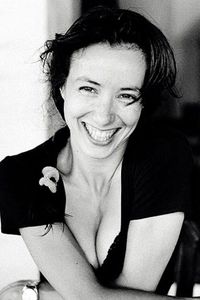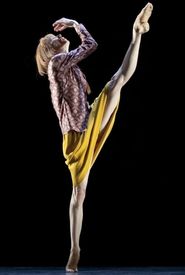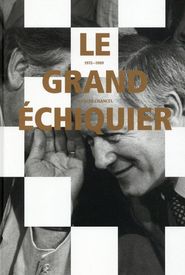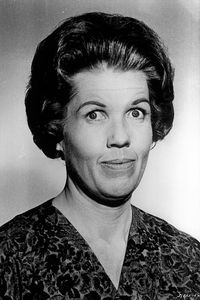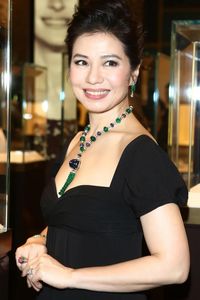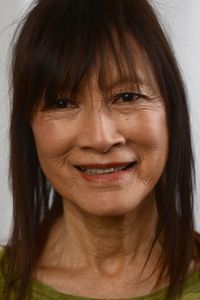Sylvie Guillem, a multifaceted individual, came into this world on February 25, 1965, in the vibrant city of Paris, France. As a writer and actress, she has made a name for herself in the entertainment industry, showcasing her remarkable talent in various projects.
Some of her most notable works include the 1997 production of Prokofiev: Cinderella, the 1995 film Evidentia - A Film Conceived by Sylvie Guillem, and the 1988 film Une étoile pour l'exemple. Her impressive portfolio is a testament to her dedication and passion for her craft.
In her personal life, Sylvie is married to Gilles Tapie, with whom she shares a deep and loving bond.
